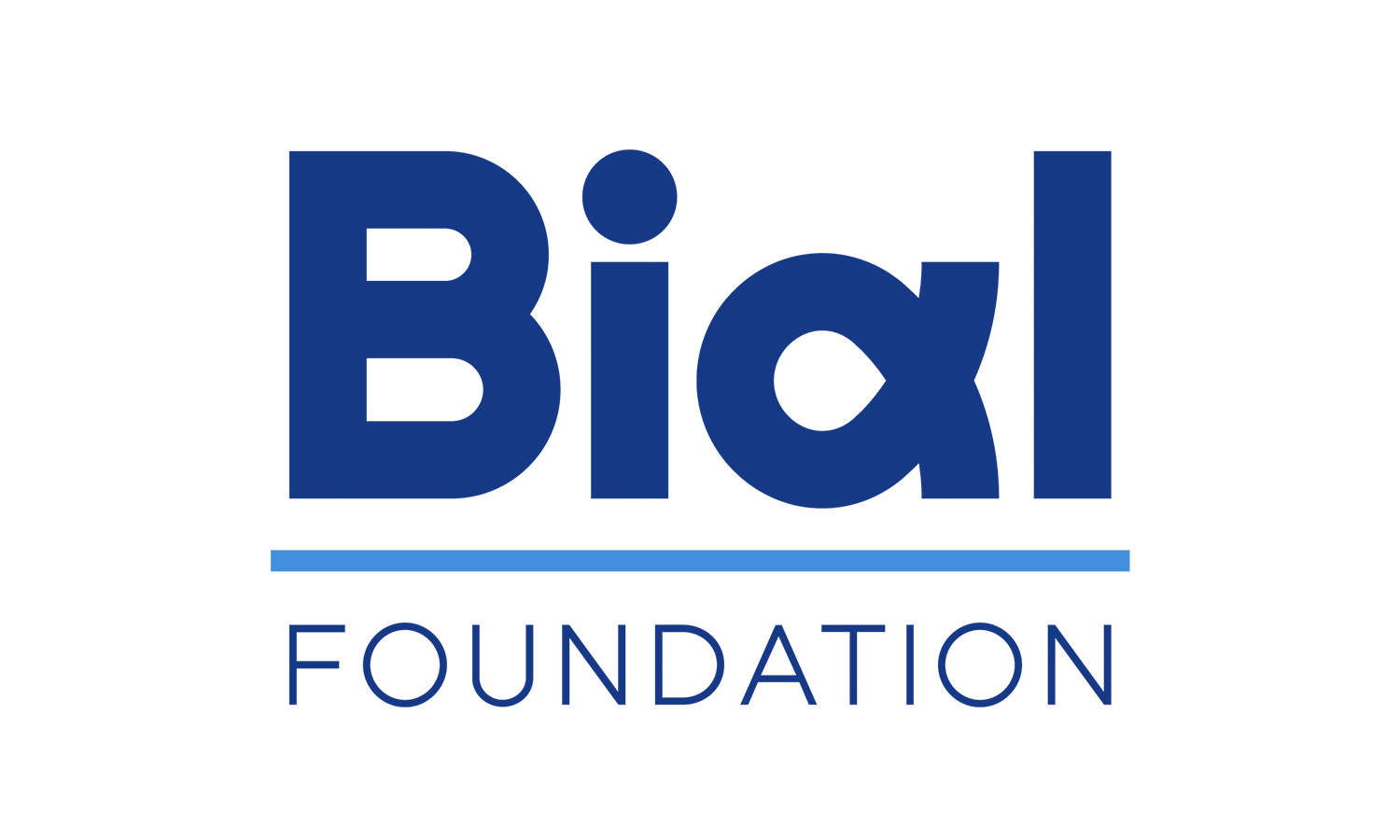n the scope of the research project 118/14 - Recursive consciousness training: Using neurofeedback to induce altered states supported by the BIAL Foundation, Amir Raz and collaborators published the paper Source Localization of Brain States Associated with Canonical Neuroimaging Postures in Journal of Cognitive Neuroscience.
Cognitive neuroscientists rarely consider the influence that body position exerts on brain activity; yet, postural variation holds important implications for the acquisition and interpretation of neuroimaging data. Whereas participants in most behavioral and EEG experiments sit upright, many prominent brain imaging techniques (e.g., fMRI) require participants to lie supine. Here we demonstrate that physical comportment profoundly alters baseline brain activity as measured by magnetoencephalography (MEG)—an imaging modality that permits multipostural acquisition. We collected resting-state MEG data from 12 healthy participants in three postures (lying supine, reclining at 45°, and sitting upright). Source-modeling analysis revealed a broadly distributed influence of posture on resting brain function. Sitting upright versus lying supine was associated with greater high-frequency (i.e., beta and gamma) activity in widespread parieto-occipital cortex. Moreover, sitting upright and reclining postures correlated with dampened activity in prefrontal regions across a range of bandwidths (i.e., from alpha to low gamma). The observed effects were large, with a mean Cohen's d of 0.95 (SD = 0.23). In addition to neural activity, physiological parameters such as muscle tension and eye blinks may have contributed to these posture-dependent changes in brain signal. Regardless of the underlying mechanisms, however, the present results have important implications for the acquisition and interpretation of multimodal imaging data (e.g., studies combining fMRI or PET with EEG or MEG). More broadly, our findings indicate that generalizing results—from supine neuroimaging measurements to erect positions typical of ecological human behavior—would call for considering the influence that posture wields on brain dynamics.






































































